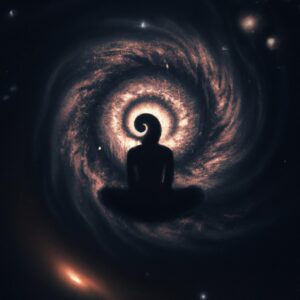Can AI image generators enhance game design?
AI image generators can be used quite successfully in game design and development. They can create new game characters, backgrounds, and other visual elements, significantly enhancing the gaming experience. More importantly, AI image generators can increase efficiency in both creating and modifying these visual elements.
How does AI facilitate image generation?
For example, software like Runway ML and Artbreeder are known to leverage Generative Adversarial Networks (GANs) to create infinite variations of images for games. A game designer can start with a base image, feed the image to the AI model, and then the system will generate a multitude of unique, modified versions. This capability eliminates the need for designers to create every single element manually, thereby saving time and resources.
Can AI automate tasks in game design?
Furthermore, AI image generators can also automate certain tasks in game design. For instance, Nvidia’s GauGAN, an AI paintbrush, can generate photorealistic images from segmentation maps, thereby reducing the workload of graphic designers in the gaming industry.
What are some examples of AI in game design?
In recent case studies, games like ‘No Man’s Sky’ used AI to procedurally generate entire universes, a task that would be virtually impossible for a human designer. In addition, AI was employed in ‘Hello Neighbor’ to learn the player’s tactics and adjust the game’s difficulty level accordingly.
Which tools can help with AI-assisted game design?
Here are three potential tools that game designers might find useful:
1. [Runway ML](https://runwayml.com/)
Pros: User-friendly interface, requires no coding knowledge, supports real-time collaboration.
Cons: Limited free tier, heavily reliant on internet connection.
Price: $20/month for unlimited processing time and priority support.
This tool is useful for integrating machine learning models in the creation or editing of game content.
2. [Artbreeder](https://www.artbreeder.com/)
Pros: Simplifies the process of creating new visuals, has a vast database of images to use as a base.
Cons: It may be challenging to control the specifics of the generated image.
Price: Free version available, premium plans start from $8.99/month.
Artbreeder is geared towards creating complex and rich visuals via combining and altering uploaded images.
3. [Nvidia GauGAN](https://www.nvidia.com/en-us/research/ai-playground/)
Pros: Transforms rough sketches into photorealistic images, handy for transforming rough ideas into visually impressive game elements.
Cons: Designs may require post-processing to fit the game’s aesthetic.
Price: Free to use.
Nvidia’s GauGAN is suitable for generating artificial landscapes, scenes, and character designs, quickly and realistically.
How might AI transform future game design?
In the next decade, the fusion of AI and game design is likely to revolutionize the gaming industry. It is expected that AI would be extensively used to automate complexities of game design, such as procedural generation of game elements. These advances could lead to far more complex and immersive games, as designers would have more time and resources to focus on the gaming experience itself.
Could AI create a new gaming aesthetic?
Furthermore, the future might see AI systems capable of interpreting player behavior in real-time and adapting the game elements accordingly, leading to more personalized and engaging player experiences. Also, with the advancement of AI, image generators may be able to create visuals that are indistinguishable from those created by human artists, potentially creating an entirely new aesthetic in game design.















